Defibrillation devices can save lives using 1,000 times less electricity
Science Daily - Heart Disease
NOVEMBER 5, 2024
Researchers used an electrophysiological computer model of the heart's electrical circuits to examine the effect of the applied voltage field in multiple fibrillation-defibrillation scenarios. They discovered far less energy is needed than is currently used in state-of-the-art defibrillation techniques. The authors applied an adjoint optimization method and discovered adjusting the duration and the smooth variation in time of the voltage supplied by defibrillation devices is a more efficient mec




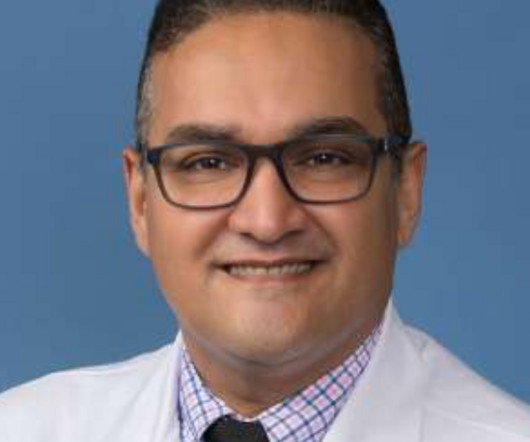









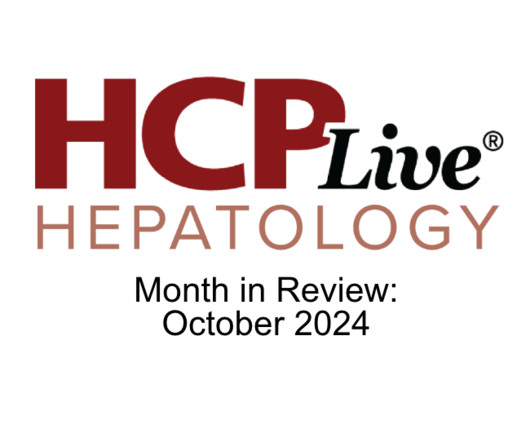
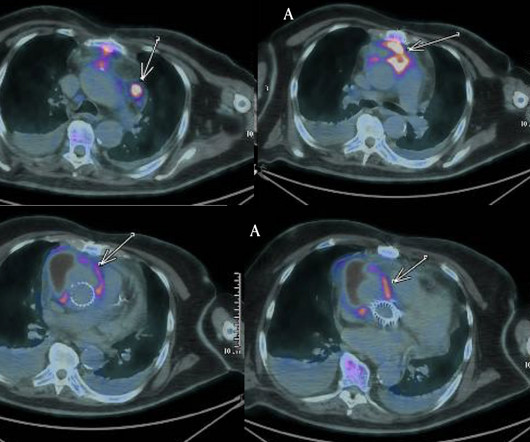

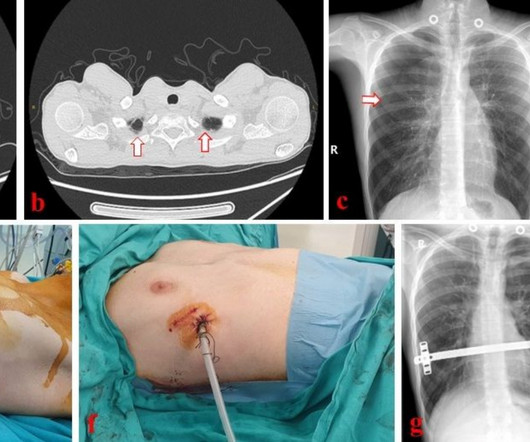

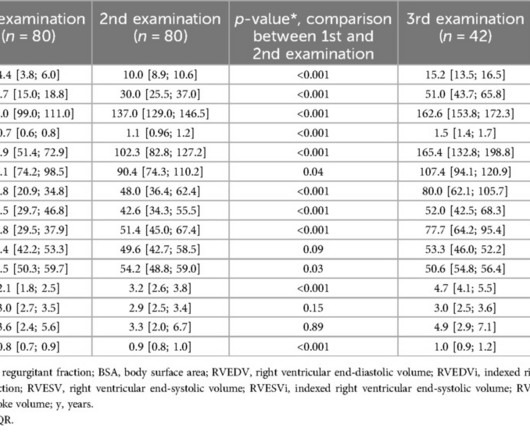























Let's personalize your content